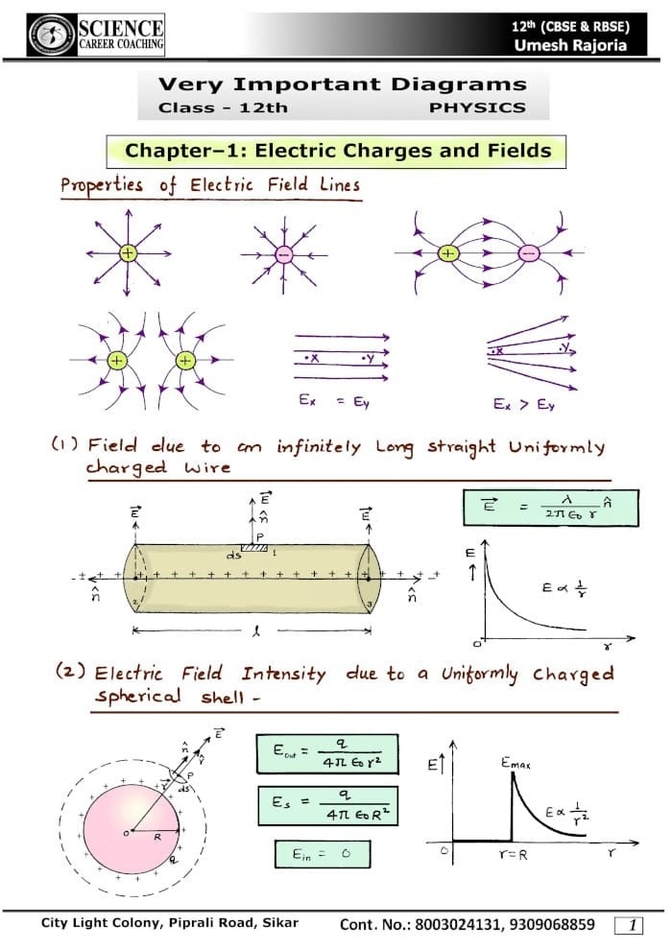
Physics is a natural science that studies matter, energy, and their interactions. It is one of the most fundamental scientific disciplines, with its main goal being to understand how the universe behaves . The study of physics has led to many technological advancements that have transformed modern-day society, such as television, computers, domestic appliances, and nuclear weapons .
The field of physics is vast and encompasses many subfields, including classical mechanics, electromagnetism, thermodynamics, quantum mechanics, and relativity . Classical mechanics deals with the motion of macroscopic objects, while electromagnetism deals with the interaction between electrically charged particles . Thermodynamics deals with the relationship between heat, energy, and work, while quantum mechanics deals with the behavior of matter and energy on a microscopic scale . Relativity deals with the relationship between space and time and how they are affected by gravity .
The study of physics is based on the scientific method, which involves observation, hypothesis, experimentation, and analysis . Physicists use mathematical models to describe the behavior of physical systems and make predictions about their behavior . These models are tested through experimentation, and the results are used to refine the models and improve our understanding of the physical world .
One of the most significant achievements of physics is the development of the Standard Model of particle physics, which describes the behavior of subatomic particles . The Standard Model is based on the idea that all matter is made up of fundamental particles called quarks and leptons, which interact through the exchange of other particles called bosons . The Standard Model has been tested extensively through experimentation, and its predictions have been confirmed with remarkable accuracy .
Another significant achievement of physics is the development of the theory of relativity, which describes the relationship between space and time and how they are affected by gravity . The theory of relativity has been tested extensively through experimentation, and its predictions have been confirmed with remarkable accuracy . The theory of relativity has led to many technological advancements, such as the Global Positioning System (GPS) .
In conclusion, physics is a fundamental scientific discipline that studies matter, energy, and their interactions. The study of physics has led to many technological advancements that have transformed modern-day society. The field of physics is vast and encompasses many subfields, including classical mechanics, electromagnetism, thermodynamics, quantum mechanics, and relativity. The study of physics is based on the scientific method, which involves observation, hypothesis, experimentation, and analysis. The development of the Standard Model of particle physics and the theory of relativity are two of the most significant achievements of physics, and they have led to many technological advancements.
